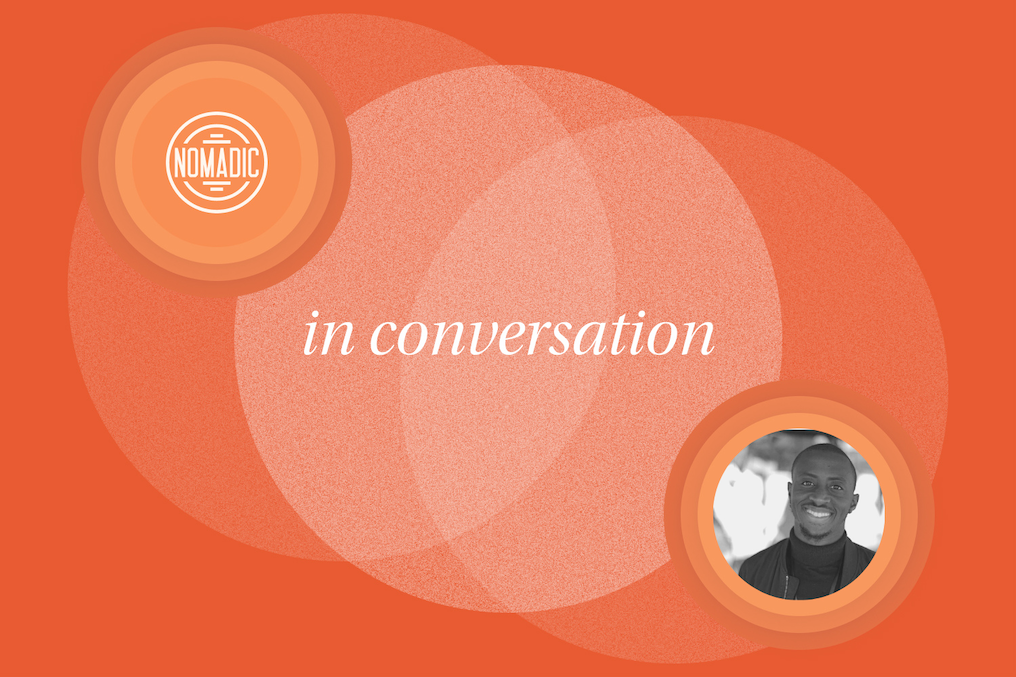L&D trends to watch: Turning learning passives into learning promoters
Nov 22, 2022 by Robert M. Burnside

Using NPS to measure learning success: current state
Troels Wendelbo, people partner at LEGO Group, has been developing a new theory about learning NPS (Net Promoter Score). Many of us in the L&D field use NPS to measure our learners' satisfaction with what we have provided them, but Troels's vision is to evolve this measure so that we can use NPS logic as an indicator of overall employee sentiment in regards to “opportunities to learn and develop in one's current job/everyday work situation.”
As you may know, the NPS measure uses scores of 1 to 10 in response to the question “How likely is it that you would recommend this learning experience to a friend or colleague?” The scoring emphasizes only those who clearly loved the process by calling respondents who give it a 9 or 10 “promoters.” Those who give it only a 7 or 8 are “passives.” All other ratings from 1 to 6 are “detractors.”
As learning providers, we can agree it is a tough measure!
NPS and the democratization of learning
One of the strongest trends in learning today is democratization: making learning available to everyone, through digital offerings (Nomadic's semi-synchronous academies are one example). As we scale learning across the organization, we are finding some learners are highly engaged and immediately become promoters, while others seem to be passive and not particularly engaged.
Troels is wondering how we can get the “learning passives” to become “learning promoters.” His hypothesis is that a lot of the learning offering, pitching, and feedback we normally do is overly focused on those who are already “learning promoters.” Yet 50–60% of our learners are “learning passives”: they’re sitting on the fence, often with good intentions, but finding it difficult to create time for learning amidst the grind of their daily tasks.
Troels hypothesizes that for these “learning passives,” the democratization of learning offering has not helped this situation. If anything, it has just built more frustration and feeling left behind in comparison to the “promoters” who are explicitly or implicitly praised in our language of ongoing capability building, "future workforce," and "learner mindset." Often, the majority of our learners fall into this more passive camp. For this reason, ensuring we are serving them with our learner communications, our learner engagement strategies, and the way we deliver the learning experience is essential.
Driving learner engagement for better L&D impact
When I reflect on my own L&D experience, I see that I am always celebrating those who are actively engaged, and “nudging” those who are passive to become more engaged. At Nomadic, we have designed our cohort-based learning experiences to encourage people to become actively involved in the learning process. How might we continue to refine our different nudging methods, gamification, messaging, and overall user experience to keep this distinction between actives and passives in mind?
Troels is experimenting with the idea of “learning habits” as one way to address this, inspired by the great work of Pamay Bassey and feaured in our L&D Program, which can be found in some of our Nomadic academies as well as in the Josh Bersin Academy in its HR-specific form. I like the “learning habits” approach, as it seems more neutral and less judgmental of the learning passives––it simply encourages habits that are useful to all.
Yet, as we can all experience when we consider what it takes to develop good habits, we can agree, it’s not easy. Just look at the trials of many who start January with the best intentions on their New Year’s resolutions for a prime example.
How do we make time for L&D?
I asked Martina Pumpat, in-house consultant, people & culture at Ottobock SE, for her thoughts on this issue. She’s observed that some people are more excited about learning than others. That’s quite normal! Also, sometimes life gets hectic and stressful, and there simply isn’t time for learning.
This is consistent with our post-Program surveys at Nomadic. When we ask learners who didn’t complete a Program what got in their way, the most common answer is “There's no time for learning.”
Martina suggests that perhaps we should recognize this reality and not expect everyone to become promoters. She agrees with the fact that we tend to want passives to be promoters, trying to create a push effect: that is, pushing the passives to learning by trying to persuade them of how great it is.
Interestingly, she suggests we try a “pull effect” instead. Martina thinks that when passives see that learners are “rewarded” by jobs and tasks they love and that these learners have the chance to develop (including salary and promotions), that might motivate them, more than any "push" from our learner communications. For example, some HR functions require evidence of certification of their members to show development progress. SHRM and CIPR credits therefore become a tangible motivator for HR learners who might otherwise be disinterested in a given course, and could be used as part of digital HR learning experiences.
Finally, Martina also suggests we begin by surveying the passives about what is in the way of their learning and what could help. We can identify the passives as those who give a rating of 7 or 8 on NPS and focus on understanding what could help move them from passive to promoters.
Continuing the conversation on reaching more learners
Troels, Martina and I are continuing this conversation, both within the Josh Bersin Academy and within Nomadic, focusing on identifying tangible solutions that help people become learning promoters. We are seeking further ideas and suggestions. Let’s work together for this to be an active initiative in the field of L&D. Are you interested in this conversation? Feel free to connect with me at robert@nomadiclearning.com.
If you enjoyed this digital L&D trends post, you may also like:
*
Sign up to get the latest expert commentary, analysis, and news in learning and leadership delivered straight to your inbox.



